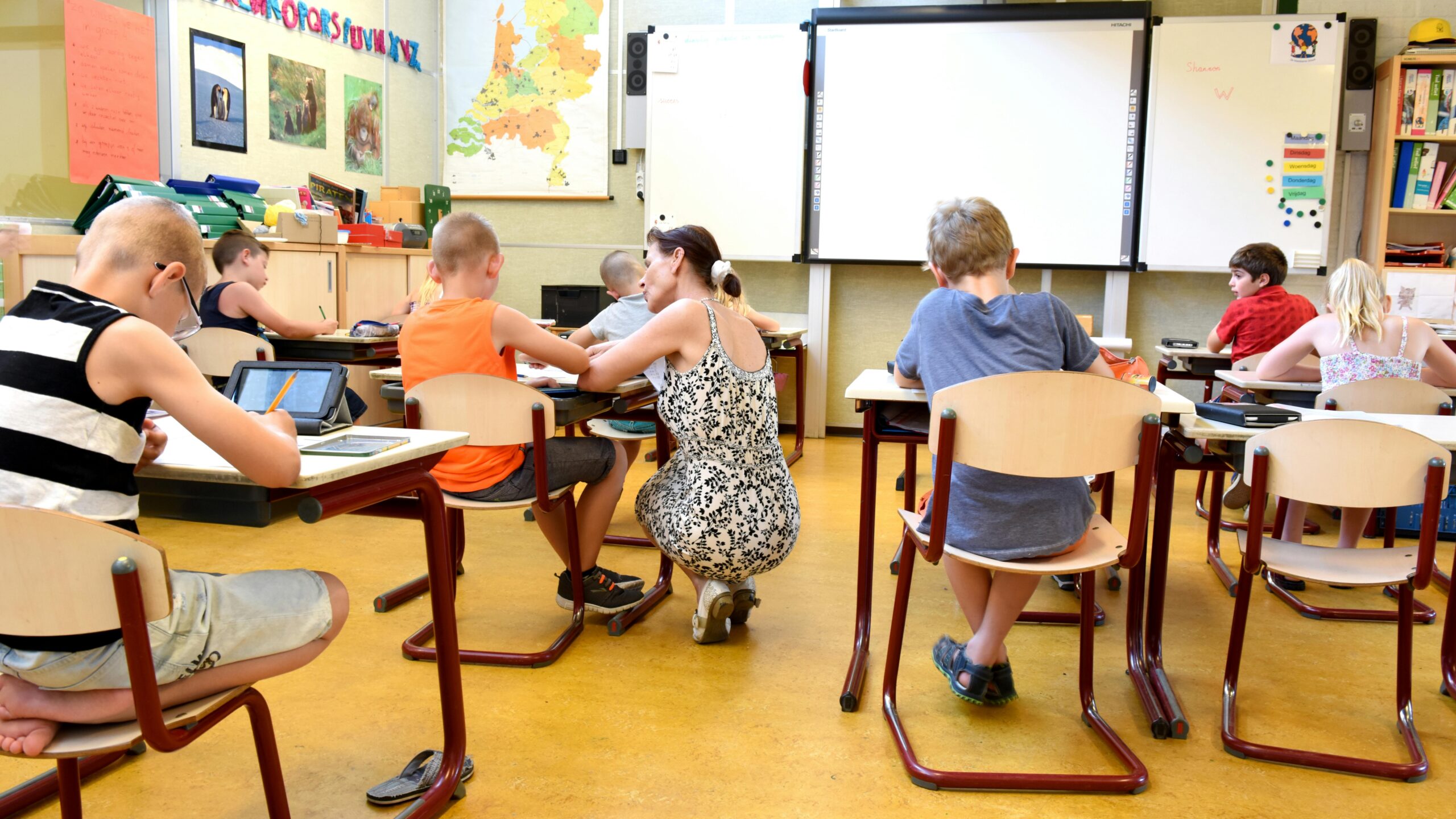Hungarian teachers are reporting higher job satisfaction, greater professional independence, and stronger institutional support than before, according to the 2024 Organisation for Economic Co-operation and Development (OECD) Teaching and Learning International Survey (TALIS). The findings were published by the OECD on 7 October 2025, and summarized by the Ministry of Interior in a statement.
The study covered 54 countries, including 34 OECD members, and gathered responses from 4,408 teachers and 246 principals in Hungary. Compared to both the OECD average and the 2018 results, Hungarian educators appear more content with their working conditions. Only one in ten teachers would choose to work at another school if given the opportunity, compared to 19 per cent across OECD countries. Hungarian teachers spend an average of 22.9 hours per week on teaching, slightly above the international average of 22.3 hours.
Disciplinary challenges in Hungarian classrooms are less frequent than elsewhere. 17 per cent of teachers reported serious disruptions such as noise and disorder, compared to 21 per cent internationally. Hungarian teachers devote 12 per cent of class time to maintaining discipline, below the OECD average of 15 per cent.
The survey also found that bullying and verbal abuse among students occur less often in Hungary. While 19 per cent of OECD school leaders report frequent incidents, only 12 per cent of Hungarian principals said the same.
Teacher evaluation and mentoring have become integral parts of the system. 96 per cent of Hungarian teachers are now formally assessed at least once a year, well above the OECD average of 88 per cent. Mentorship programmes for novice teachers expanded significantly: participation increased from 18 per cent in 2018 to 49 per cent in 2024, supported by new institutional measures.
Teachers also reported a high degree of involvement in school-level decision-making. Nearly 90 per cent said they have opportunities to participate in shaping school policies. Around 76 per cent feel they have autonomy to adapt curriculum goals flexibly, and 79 per cent say they independently set learning objectives, exceeding the OECD average of 71 per cent. When it comes to planning lessons and selecting teaching methods, 95 per cent of Hungarian teachers reported full autonomy, slightly higher than the OECD averages of 93 and 92 per cent.
Relationships between teachers and school leaders were also rated very positively. 86 per cent described their relationship with their principal as excellent, 85 per cent said they receive useful professional feedback, and 97 per cent agreed that their principal trusts their expertise, compared to an OECD average of 92 per cent.
Although the average age of teachers in Hungary remains higher than the OECD norm—49 years compared to 45—the ministry noted a positive trend. Following significant wage increases, the number of teachers under 30 grew by 19 per cent between 2023 and 2025, reaching over 14,000.
The report also reflected the impact of the war in Ukraine. The share of teachers in Hungary working with refugee-background students rose sharply from 2 per cent in 2018 to 25 per cent in 2024. Currently, around 4,800 Ukrainian students are enrolled in Hungarian schools across nearly 1,200 institutions, meaning many educators are involved in their instruction.
According to the ministry, these results suggest a more stable and supportive educational environment in Hungary, characterized by growing professional confidence and institutional trust. The full TALIS 2024 report is available on the website of the OECD.
Related articles:







